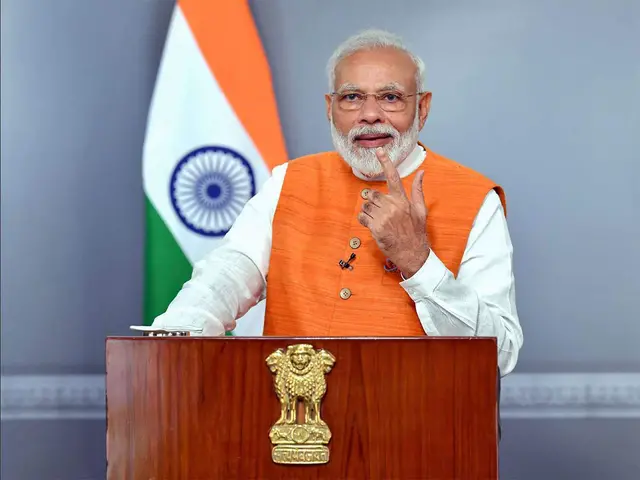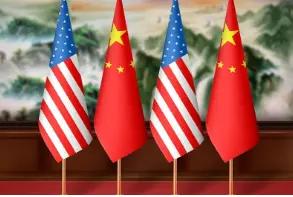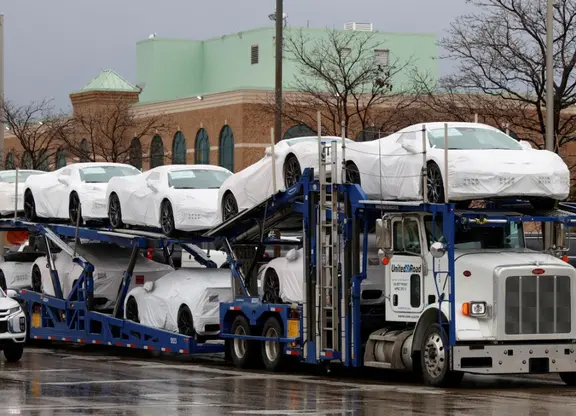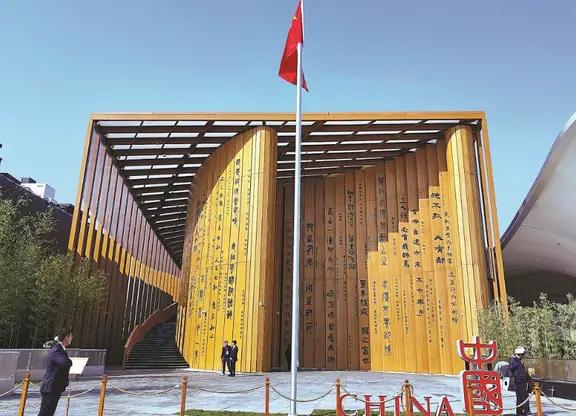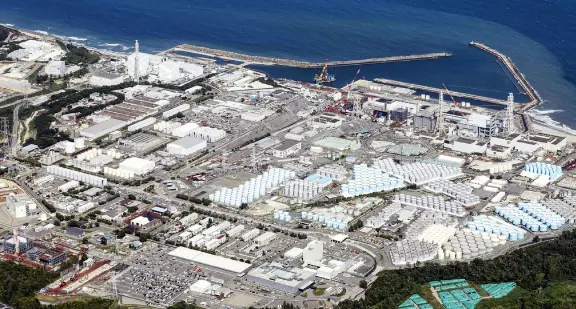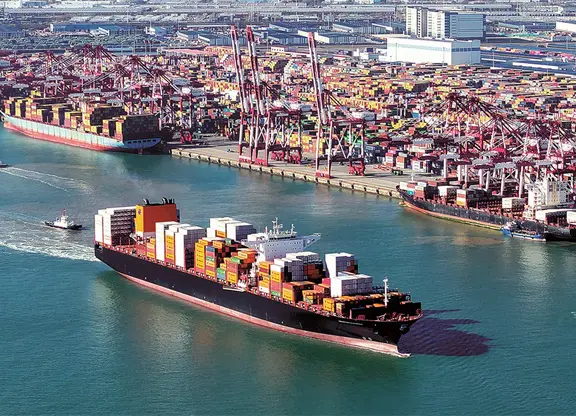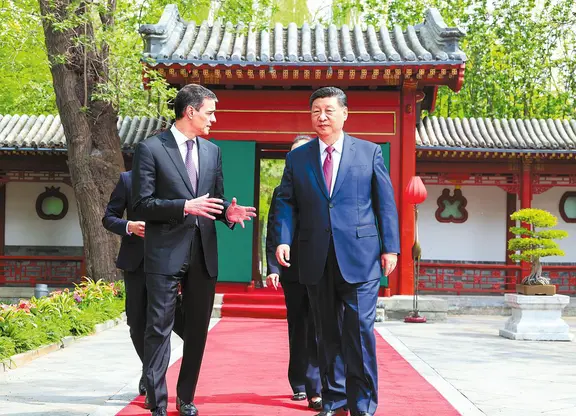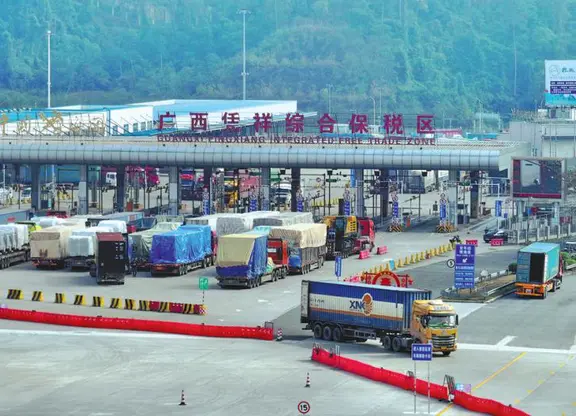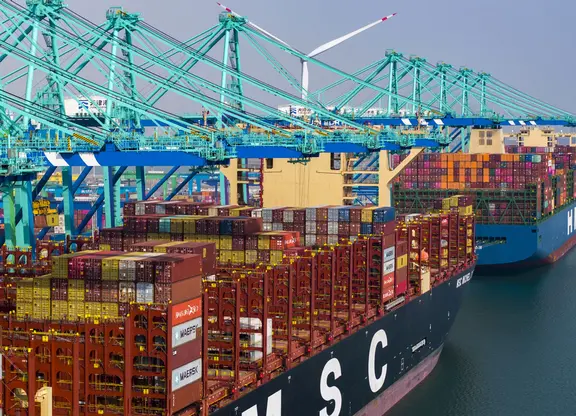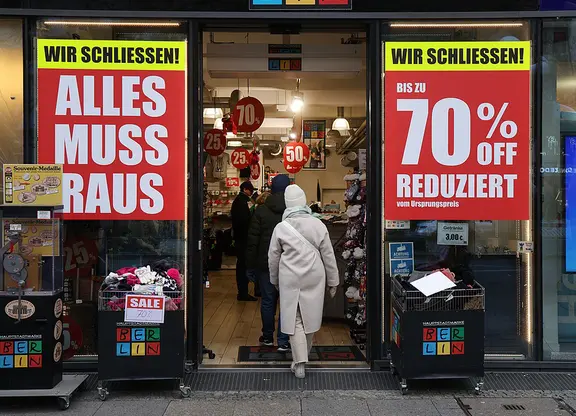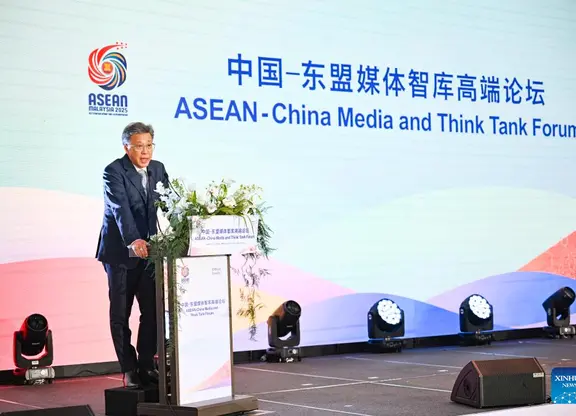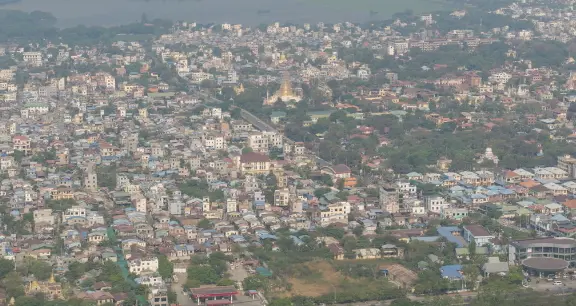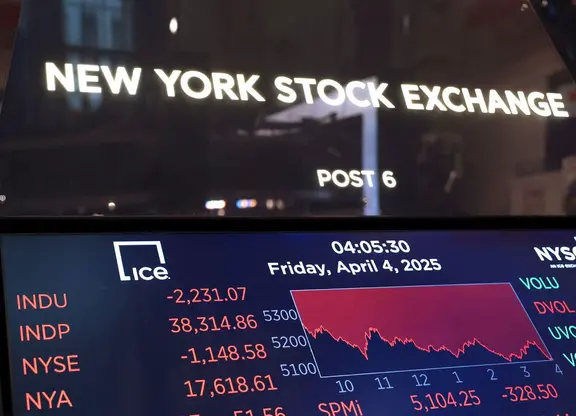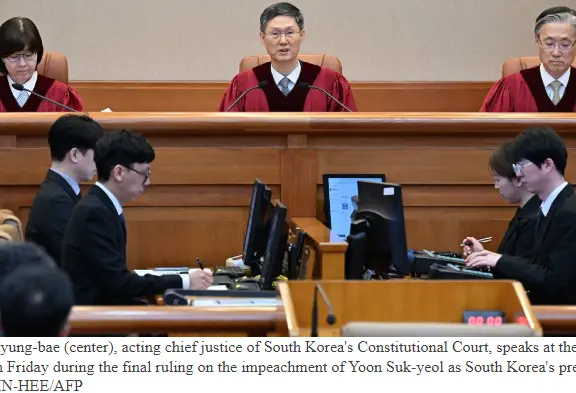By APD writer Imdad Hussain
Amid corona devastations, what India wants to achieve through heightened tension with its three neighbors China, Nepal and Pakistan is a million-dollar question.
The recent conflict between China and India according to Chinese media began on May 5 when its soldiers stopped Indian soldiers from building an illegal road in their area in Sikkim state from Durbuk to Daulat Beg Oldie for its military movement, leaving Chinese border troops no other options but making necessary moves in response.
Days later, on May 9, dozens of Indian soldiers were injured in skirmishes while another fight erupted at Nathu La Pass in the Indian state of Sikkim, nearly 1,200 kilometers to the east along the LAC. Many Indian soldiers reportedly are still in the hospital.
As the standoff between the two armies along the Line of Actual Control (LAC) in Eastern Ladakh/ Aksai Chin region continues, both countries have deployed thousands of troops in this disputed region.
India is increasing its military presence and maintaining aggressive posture in the region, especially after it changed the status of Jammu and Kashmir in August last year to pursue its hegemonic designs.
While the latest tension between India and Nepal grew last month when the Indian defense minister inaugurated a road near Nepal’s border in Uttarakhand State while Nepal claims the road passes through its territory.
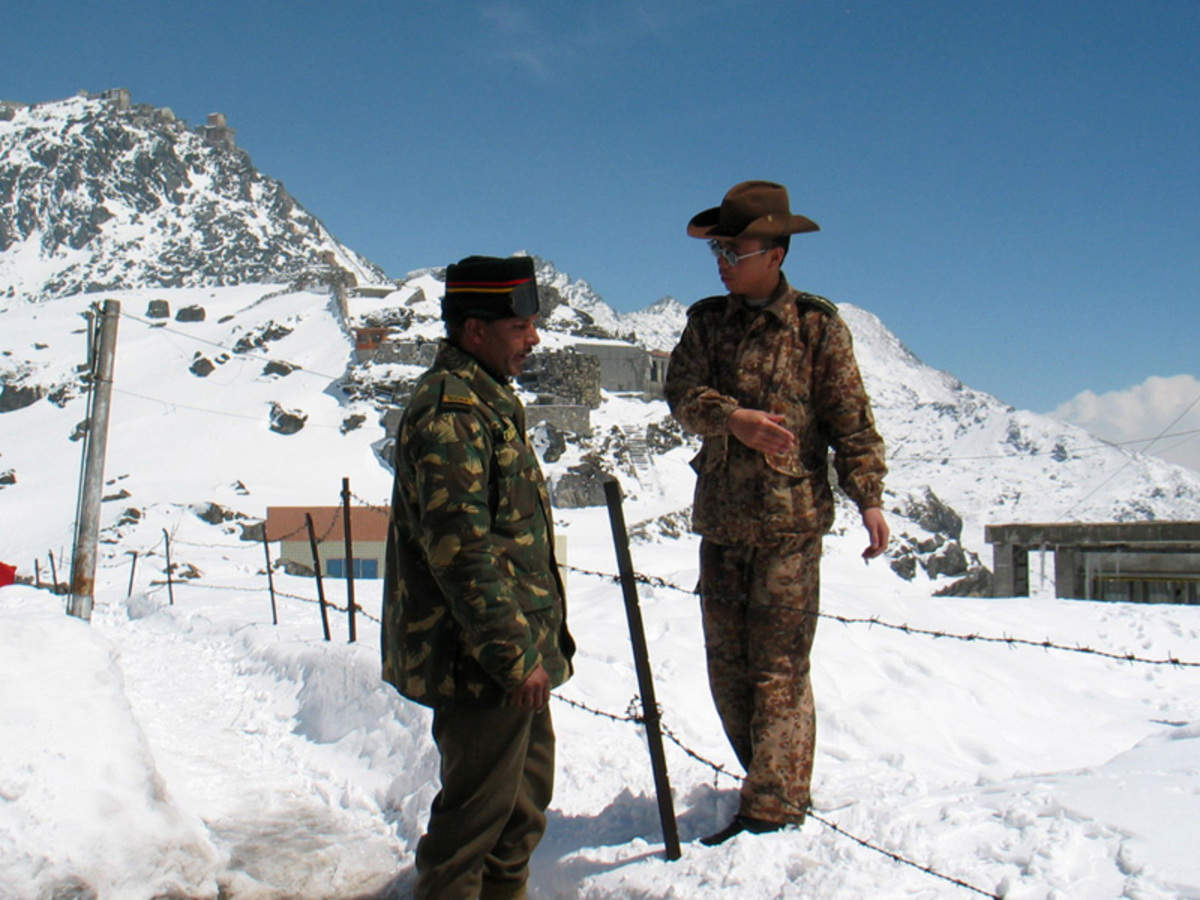
Its political parties are of the opinion that people residing in the areas where India built the road have been voting in Nepalese elections and they also have documentary evidence in this regard.
Nepalese opposition leader and former foreign minister Dr Prakash Sharan Mahat says India had accepted the area a disputed one but now unlike in the past it has become a complicated issue while the government and opposition are on the same page viz-a-viz this dispute.
Presently, the Nepalese parliament is debating a constitutional amendment which proposes to approve a new map for Nepal wherein some border areas are to be included in Nepal that are claimed by India which is likely to intricate the issue.
On the other hand, India-Pakistan tension has a long history as Jammu and Kashmir remains the core issue which is still unresolved after decades when it was brought before the UNSC in 1948 by India itself while Pakistan claims it to be unfinished agenda of the partition of Sub-continent in August 1947.
On August 05, last year, Modi government changed the special status of Jammu and Kashmir by revoking Article 270 and 35 A contrary to the international law and conventions and since then lockdown is clamped on the occupied valley, depriving the population of basic necessities and communication channels while efforts are also on to change the demography of the territory.
The over 9 lac Indian military forces are engaged in all sorts of brutality against the innocent people in pursuit of BJP’s RSS-led agenda of Hindu supremacy. In its latest move the Modi government directed two officials of Pakistani High Commission in New Delhi to leave the country, leveling spying allegations against them.
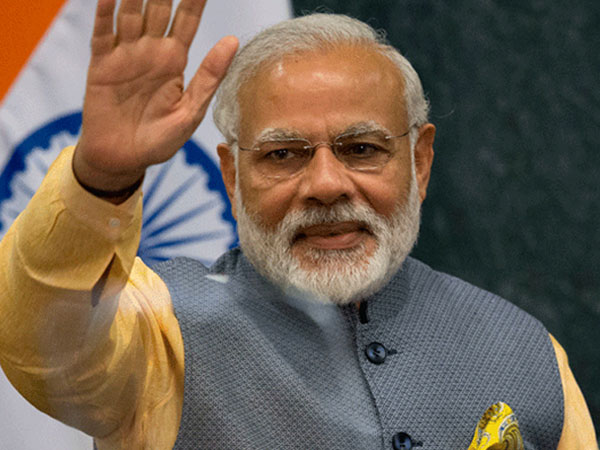
It is not the one-off incident as the Modi government is continuously provoking Pakistan with firing on civilian population along the Line of Control as well as by sending surveillance drones into Pakistan-controlled territories. It has also been threatening Pakistan to launch another operation across its border though the veracity of the first one yet to be ascertained.
Apparently, India is pushing ahead with its agenda of Hindu supremacy along with appeasement of its foreign masters led by Jewish lobby as a former Indian diplomat says the tension should not be seen in isolation as revocation of Article 370 and 35A that gave special status to Kashmir also brought Ladakh under federal administration, which is unacceptable to China.
Surprising, it is for the first time that India has taken on its three neighbors simultaneously. Experts believe that India feels that China and other countries in the face increased economic recession caused by the pandemic would lose their political influence while India taking advantage of the situation would come out stronger as Modi is following the doctrine of ‘golden opportunity’.
Several experts and intellectuals have been advising Modi to tread carefully and do not harm its relations with China, though economic consideration is on the back of this very thinking as India is one of major trading partners of China and their mutual trade volume over 100 billion dollars.
However, Modi backed by the US can take on China in his pursuit to become super power in the region. It also wants to isolate Pakistan as besides the US it is strengthening its ties with neighboring Afghanistan and Iran. The situation is quite complex!
(ASIA PACIFIC DAILY)
 简体中文
简体中文

